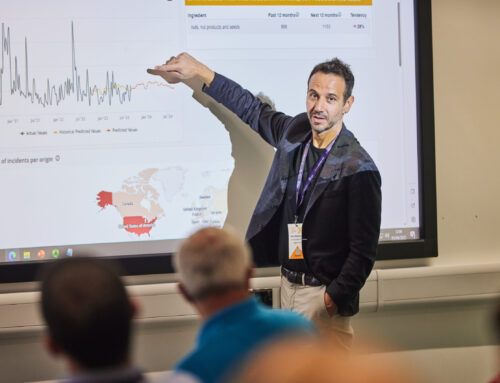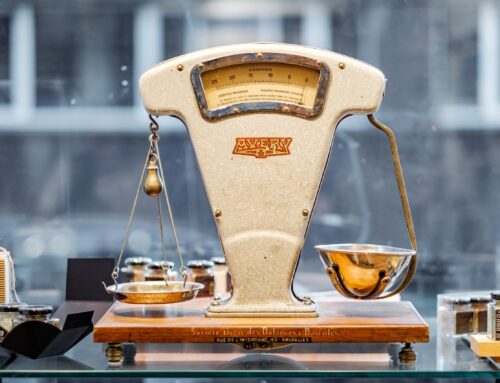Last week, I was introduced to an amazing ag-tech startup that is commercialising a deceptively simple idea: small robots not big tractors. The Small Robot Company is building robots that will seed and care for each individual plant in your crop. They will only feed and spray the plants that need it, giving them the perfect levels of nutrients and support, with no waste. I find this a wonderful idea, although I’ve heard about similar products from other companies.
What I find really disruptive is the business model of the Small Robot Company, as they believe that farmers don’t want to buy robots. The company offers a leasing option through a Farming as a Service (FaaS) model that combines both hardware and software. Farmers pay a per hectare subscription fee for a robotic hardware service which digitises the farm, and delivers crop care at per-plant precision. When one of these robots is needed, it turns up and does its job. When it is finished, it is taken away. The company says (and I agree) that this model makes it very low risk for farmers to trial and adopt, as farmers will not have to worry about buying, storing or maintenance of crop care machinery and equipment.
This kind of magic is powered by the Artificial Intelligence (AI) beating heart of the company’s FaaS operating system. For the magic to work, information needs to be extracted from a crop data model and be fed to the AI. As a matter of fact, in order to take into account agronomy, soil science and market conditions, lots of carefully selected data will need to feed (and train) the AI algorithms. Part of the data to help the AI assess the current plant situation and convert it to crop care instructions will be coming from the robot themselves in real-time. But where is the rest of the data going to come from?
Which, I think, is the core obstacle that needs to be overcome by any AI-powered ag-tech innovator that aims to disrupt agriculture: lots of data will be needed. Relevant and high quality data, from a wealth of heterogeneous data sources. Data that cover enough history on what has worked best in the past for the crops and geography in question. Data that will need to be also appropriately cleaned and transformed, so that the AI models can use them. And this is what I find challenging and inspiring about this potential disruption — selecting, curating, combining and serving the data that will help AI do its magic.




